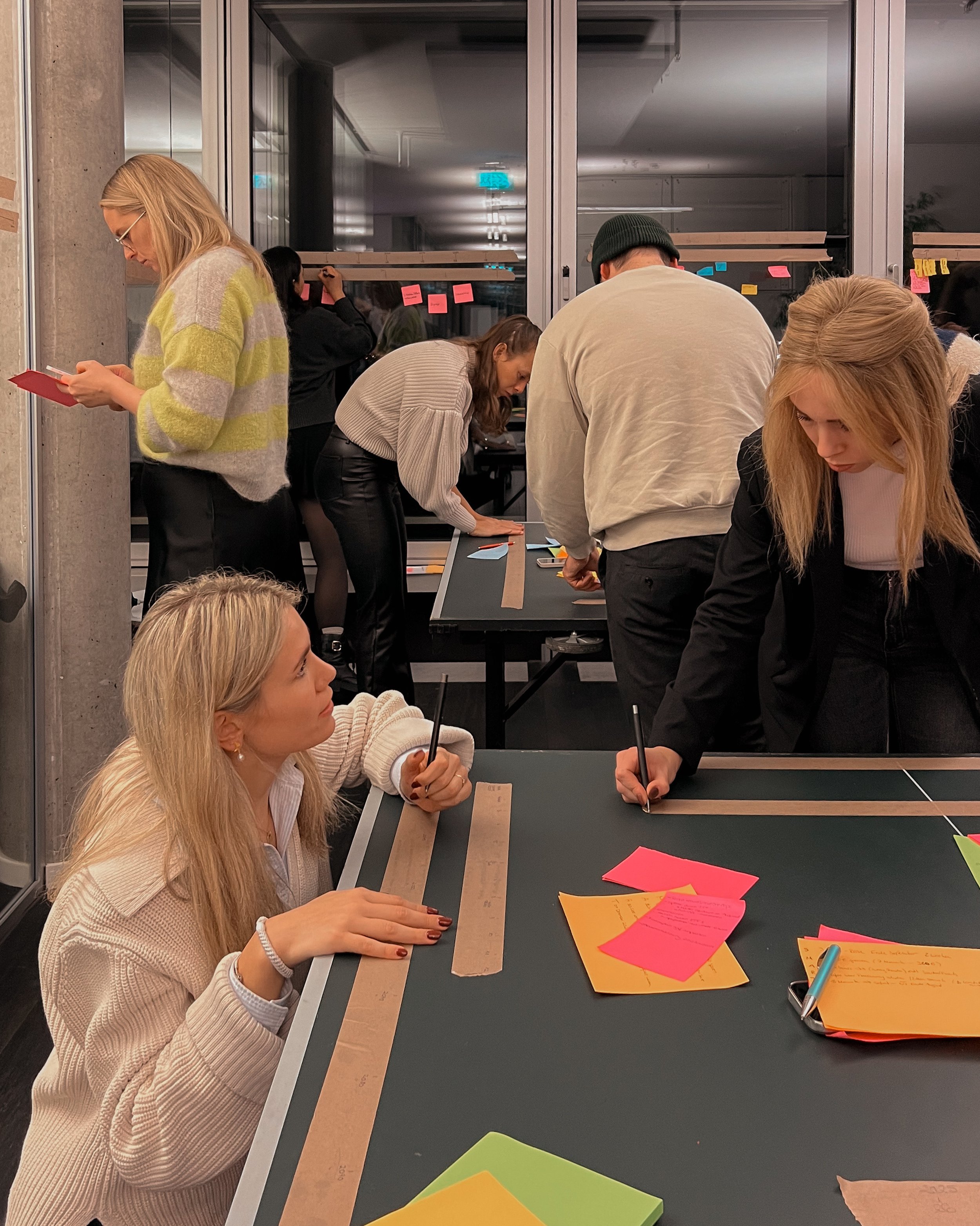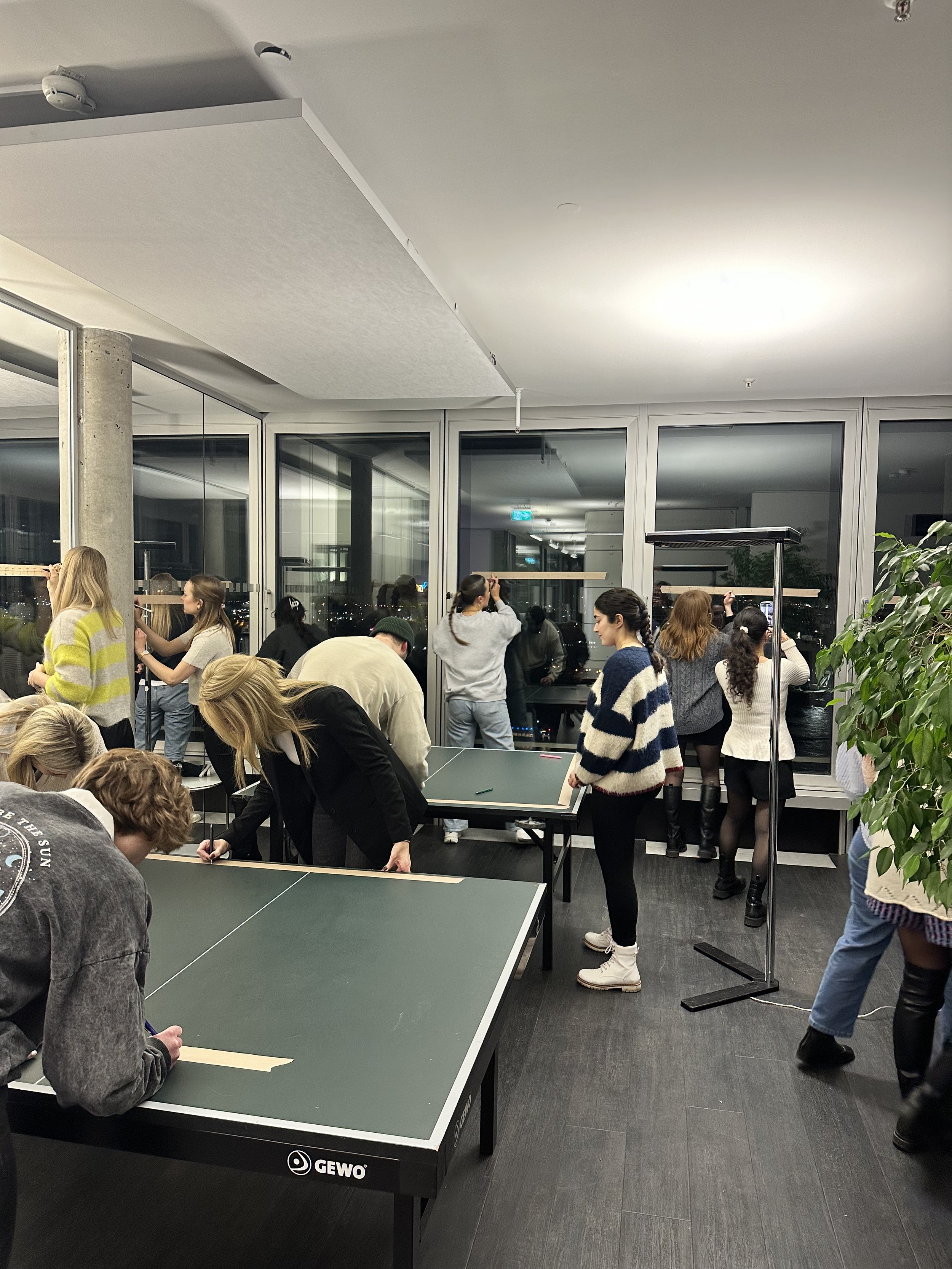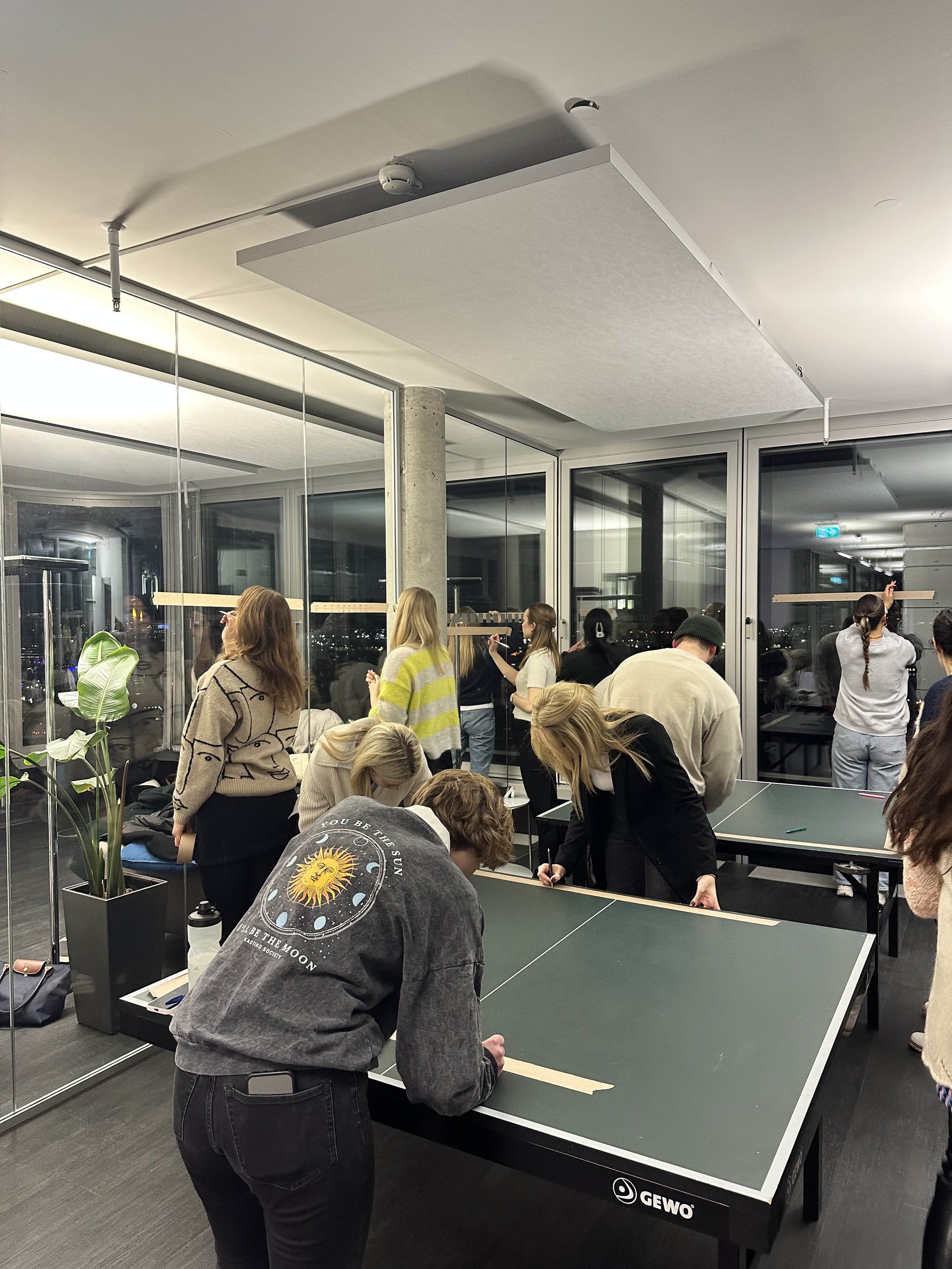Mapping & Service design
Mapping out customer or employee journeys or entire systems is a powerful co-creation exercise.
Analytics, reports and data are great - but they only tell you so much.
Getting into #thickdata, digging into the challenges and collaborating with a cross-company team to understand gaps, pain points and where the opportunities for impact are really creates momentum.
Very often we all get stuck in too much detail, feature requests or technical bugs that need fixing - while loosing track of the big picture. And that’s not even accounting for the speed and disruption we’re seeing happen right in front of us through AI.
In that mode it’s easy for the overall experience to become disjointed, or no longer focusing on what matters most: Customer value = business value.
To get from output to outcomes that have impact - the first step is to understand your customer, user or employee journeys. Whether you’re creating entirely new product ideas or updating an existing live experience, seeing the full picture mapped out in front of you is what allows you to zoom out and be strategic about where to iterate or innovate.
Let’s map it out together.
// MAPPING WORKSHOPS HELP visualize complexity across your portfolio
Journey mapping example from a global remote workshop.
Usually the problems worth solving are complex and require cross-team collaboration to work out!
Whether this is cross-company or within the wider Product organization - there’s hardly ever a single KPI to be owned by just one team. Often it’s about two things:
1. Understanding the problem space in all it’s glorious complexity well enough to get into action
2. Creating the space and tools for teams to collaborate, visualize complexity and co-create
This is where facilitation and frameworks like Design Thinking and Journey or Systems Mapping can help. In my experience they’re most useful as scaffolding to create shared meaning - without becoming rigid structures that need to be followed step-by-step.
Because most importantly they need to be applied to real-life cases and challenges and need to help you move forward.
With an experienced facilitator you can be sure you’re getting the whole team to contribute, including yourself!
Having a facilitator run your mapping workshops will:
Ensure the set-up is right and everything is prepared well, with the right group in place
Make sure you’re achieving the goals you are trying to achieve and using everyone’s time well
Allow the leadership team and yourself to actively contribute, instead of trying to facilitate and plan next to their day job
Help teams, especially interdisciplinary ones, zoom in and out
Discover new ideas and opportunities
Encourage co-creation and inclusion, which helps to avoid bias and blindspots
Allow teams to switch between thinking big and bold, as well as narrowing back down for decision making
Support ownership and commitment regarding next steps













